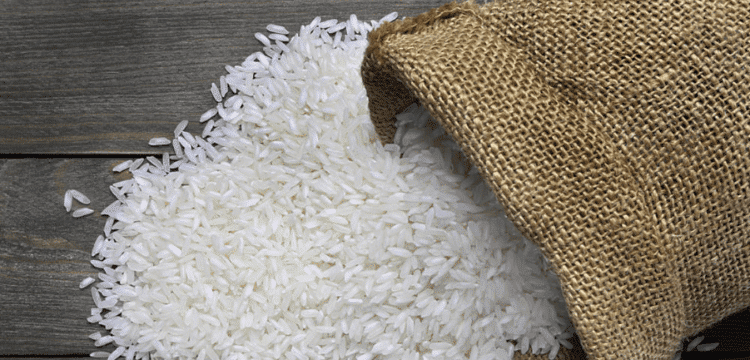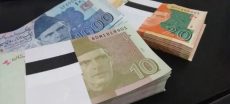[vc_row][vc_column][vc_column_text dp_text_size=”size-4″]KARACHI:
According to Zhou Xusheng, Director of Pakistan Business Department, Wuhan Qingfa Hesheng Seed Co Ltd, a Chinese producer and provider of hybrid seeds, hybrid rice is unquestionably an example of China-Pakistan agricultural collaboration in Sindh.
Pakistani rice is dealing with a number of difficulties in the face of global headwinds.
According to Chela Ram Kewlani, president of the Rice Exporters Association of Pakistan (REAP), exports of rice from Pakistan fell by 15.82% year over year during the first seven months of FY 2022–23, totaling $1.08 billion.
He noted that Sindh’s paddy fields, where rice production fell by 40%, were mostly to blame for the decline.
Qingfa Hesheng has been providing hybrid seeds of rice, canola and vegetables to Pakistan for nearly 20 years as well as training more than 300 local agriculturalists. It registered the first hybrid rice variety, QY0413, in the history of Pakistan.
“It may take three years for rice export, which is an important means to earn foreign exchange, to recover,” Zhou noted. “However, we have made preparation for such a situation.”
First, the stress resistance of crop varieties should be improved. Second, seed production can be carried out separately in Pakistan and China, spreading risk in the face of extreme weather. Currently, test fields are located in Lahore, Chiniot, Shikarpur and Golarchi.
Annual average temperature here is much higher than that in China’s main rice climate zone. Therefore, in the selection of rice varieties, it is imperative to guarantee the seed setting rate and quality under high temperature.
“It is precisely because of the hot and dry climate in Pakistan that hybrid rice diseases are much less than those in China, such as bacterial blight, but far less hazardous.”
In the first seven months of the current fiscal year, exports of basmati rice decreased 22.95% to 316,055 tonnes from 410,207 tonnes in the same period last year. In a similar vein, non-basmati rice exports decreased by 25% to 1.62 million tonnes, according to data from the Pakistan Bureau of Statistics (PBS).
Also read: Pakistan’s rice exports drop by 16 percent to $1.08 billion.[/vc_column_text][/vc_column][/vc_row]











